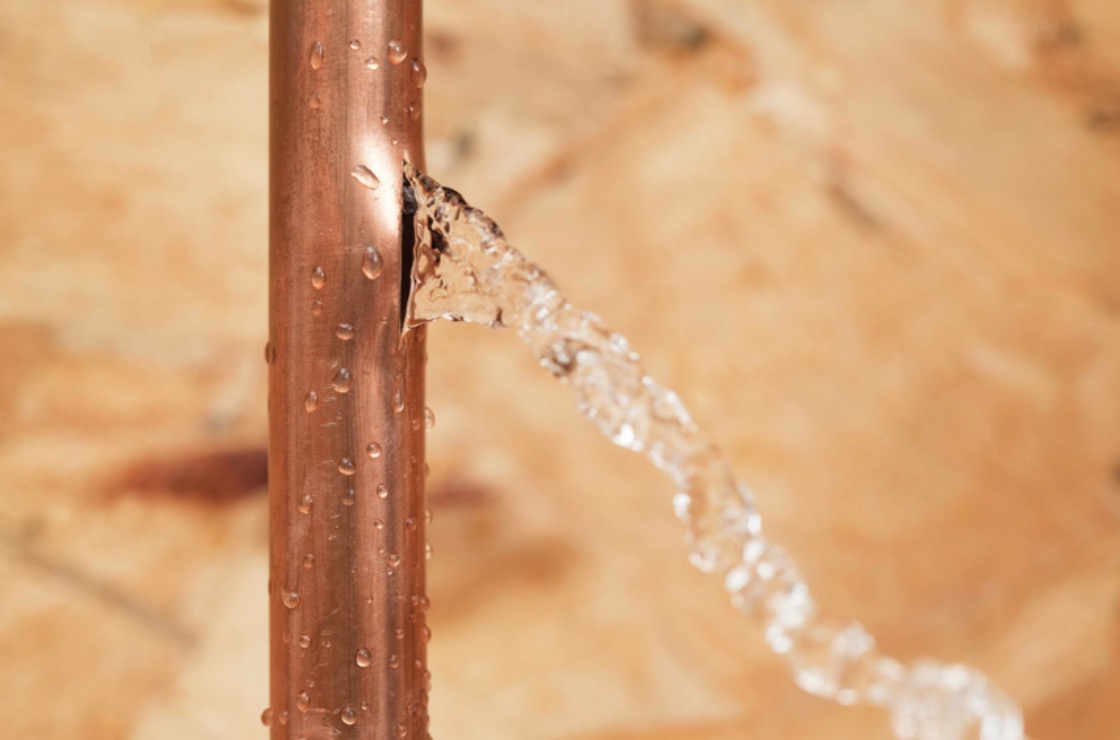Discover What Leads to Water Seepage in The Home
Discover What Leads to Water Seepage in The Home
Blog Article
Were you interested in insight on How to detect water leaks in your home?

Leaks not only trigger waste of water but can additionally cause unneeded damage to your house and also promote unwanted natural growth. By looking as well as comprehending for daily scenarios that trigger leakages, you can shield your home from future leaks as well as unneeded damage.
Immediate temperature changes.
Extreme temperature level modifications in our pipes can cause them to increase and get suddenly. This expansion as well as contraction might trigger cracks in the pipelines, especially if the temperature level are below freezing. It would certainly be best if you kept an eye on just how your plumbing works. The presence of the formerly pointed out situations often suggests a high threat.
Rusty water supply
This could be the reason of discoloration or bending on your water pipelines. If our plumbing system is old, take into consideration changing the pipes given that they are at a greater danger of rust than the newer models.
Defective Pipeline Joints
Pipe joints can wear away over time, resulting in water leakages. If you have noisy pipelines that make ticking or banging sounds, specifically when the hot water is transformed on, your pipe joints are most likely under a whole lot of pressure.
Intruding roots
A lot of water leaks start outside the house instead than inside it. You could notice wet patches or sinkholes in your backyard, and also that may mean that tree roots are attacking water lines causing water to permeate out.
Poor Water Connectors
At times, a leak can be caused by loose hose pipes and also pipes that provide your appliances. In case of a water connections leak, you may notice water running directly from the supply line or puddles around your appliances.
Obstructed Drains
Blocked drains pipes could be irritating and also inconveniencing, but they can in some cases wind up triggering an overflow bring about burst pipelines. Keep removing any kind of materials that might decrease your drains that might block them to prevent such inconveniences.
All the above are root causes of leakages however not all water leakages arise from plumbing leakages; some leaks might originate from roof covering leaks. All leakages need to be repaired right away to avoid water damages.
Leakages not only cause waste of water yet can additionally cause unnecessary damages to your house and promote unwanted natural development. By comprehending and looking for day-to-day scenarios that create leakages, you can shield your house from future leaks as well as unneeded damage. Today, we will certainly look at 6 leakage causes that may be creating your pipes to trickle.
At times, a leakage can be created by loosened hose pipes as well as pipes that provide your home appliances. In situation of a water connections leakage, you may observe water running directly from the supply line or pools around your devices.
How To Check For Water Leak In Your Home
How To Check for Leaks
The average household's leaks can account for nearly 10,000 gallons of water wasted every year and ten percent of homes have leaks that waste 90 gallons or more per day. Common types of leaks found in the home are worn toilet flappers, dripping faucets, and other leaking valves. These types of leaks are often easy to fix, requiring only a few tools and hardware that can pay for themselves in water savings. Fixing easily corrected household water leaks can save homeowners about 10 percent on their water bills.
To check for leaks in your home, you first need to determine whether you're wasting water and then identify the source of the leak. Here are some tips for finding leaks:
Take a look at your water usage during a colder month, such as January or February. If a family of four exceeds 12,000 gallons per month, there are serious leaks.
Check your water meter before and after a two-hour period when no water is being used. If the meter changes at all, you probably have a leak.
Identify toilet leaks by placing a drop of food coloring in the toilet tank. If any color shows up in the bowl after 10 minutes, you have a leak. (Be sure to flush immediately after the experiment to avoid staining the tank.)
Examine faucet gaskets and pipe fittings for any water on the outside of the pipe to check for surface leaks.
Undetected water leaks can happen without the home or business owner even realizing. If you suspect a water leak, but not able to find the source. It is time to contact a professional water leak detection service, The Leak Doctor.
How To Find a Water Leak In Your Home
https://www.leakdoctor.com/blog/How-To-Check-For-Water-Leak-In-Your-Home_AE197.html

As a reader about Most Common Causes of Leaky Pipes, I think sharing that segment was really helpful. In case you appreciated our blog post if you please make sure you remember to share it. Thank you for taking the time to read it.
We're ready, dial now! Report this page